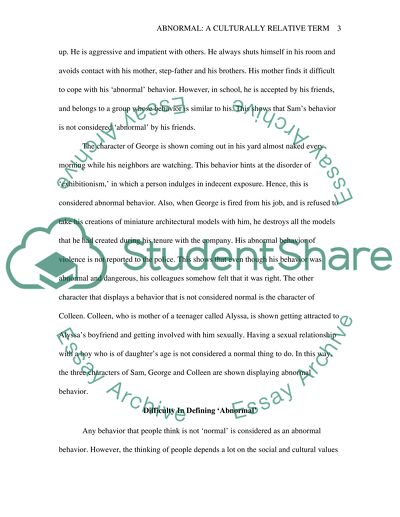Cite this document
(“Abnormal: A Culturally Relative Term Research Paper”, n.d.)
Retrieved from https://studentshare.org/psychology/1442294-life-as-a-house
Retrieved from https://studentshare.org/psychology/1442294-life-as-a-house
(Abnormal: A Culturally Relative Term Research Paper)
https://studentshare.org/psychology/1442294-life-as-a-house.
https://studentshare.org/psychology/1442294-life-as-a-house.
“Abnormal: A Culturally Relative Term Research Paper”, n.d. https://studentshare.org/psychology/1442294-life-as-a-house.


